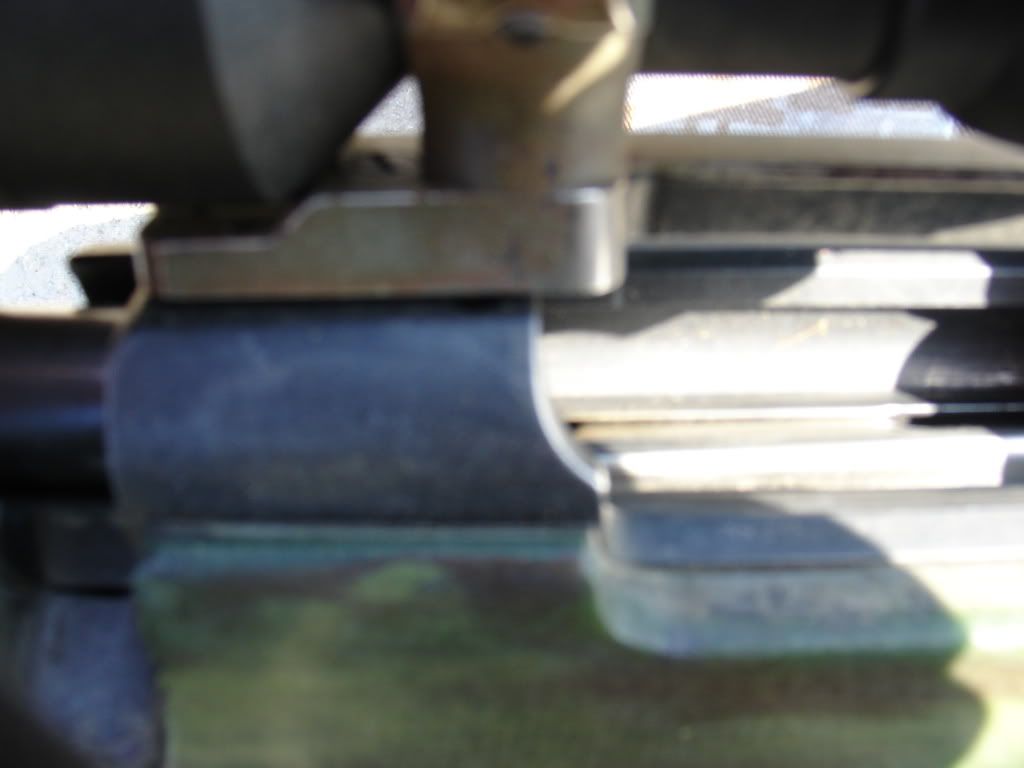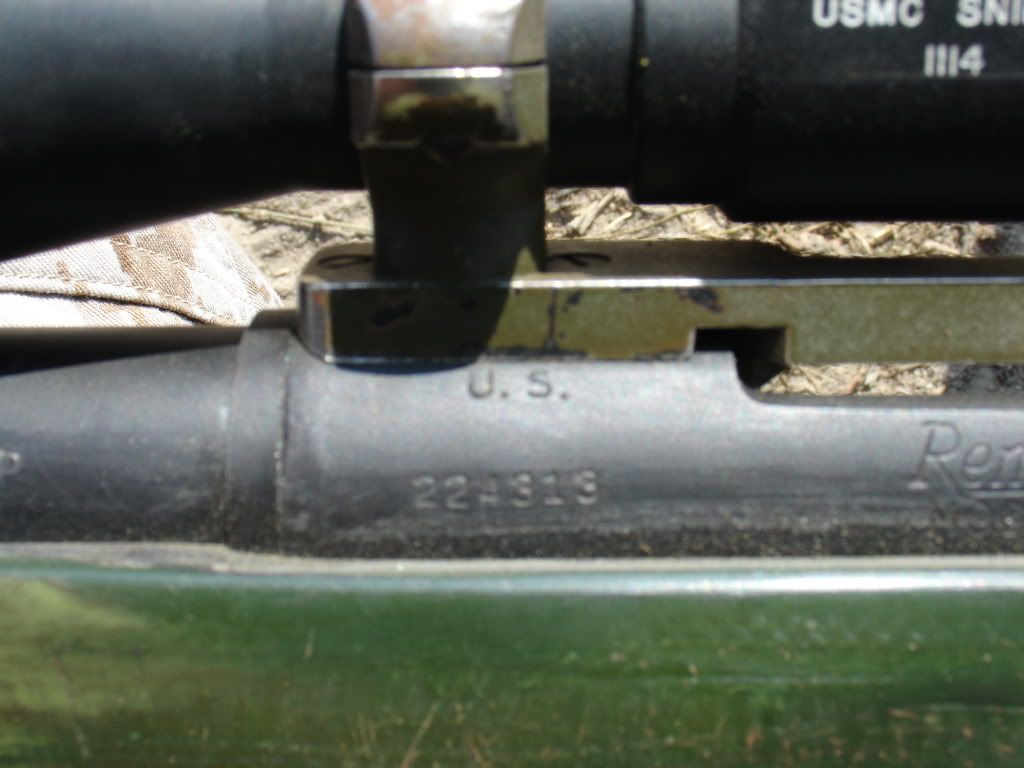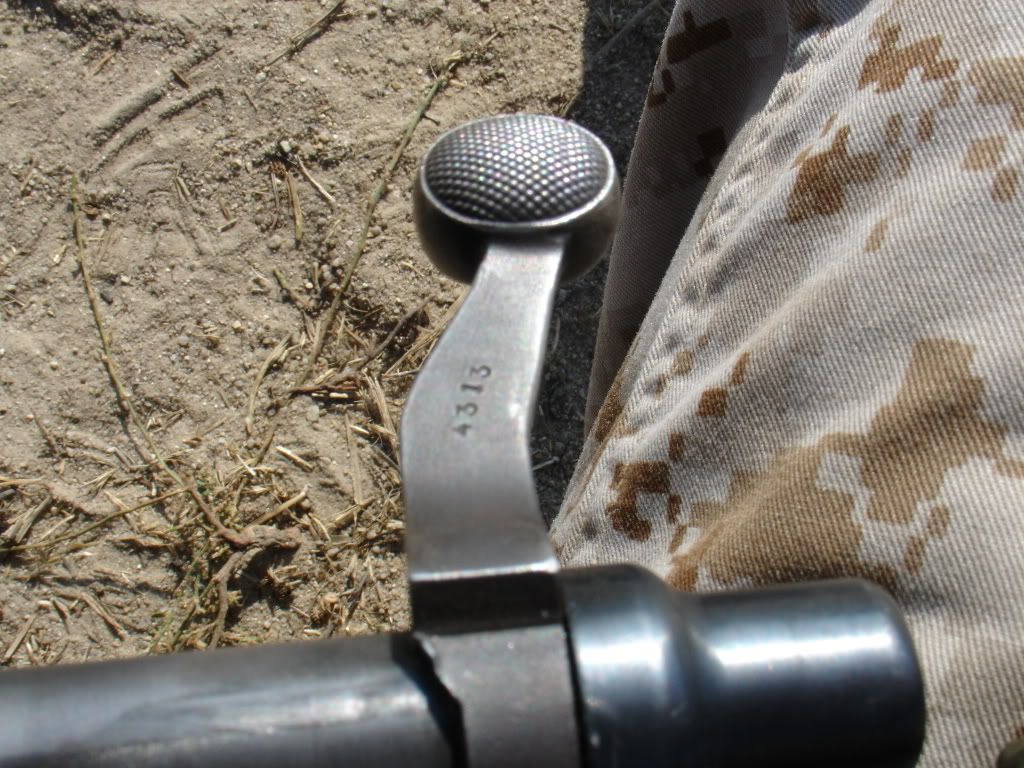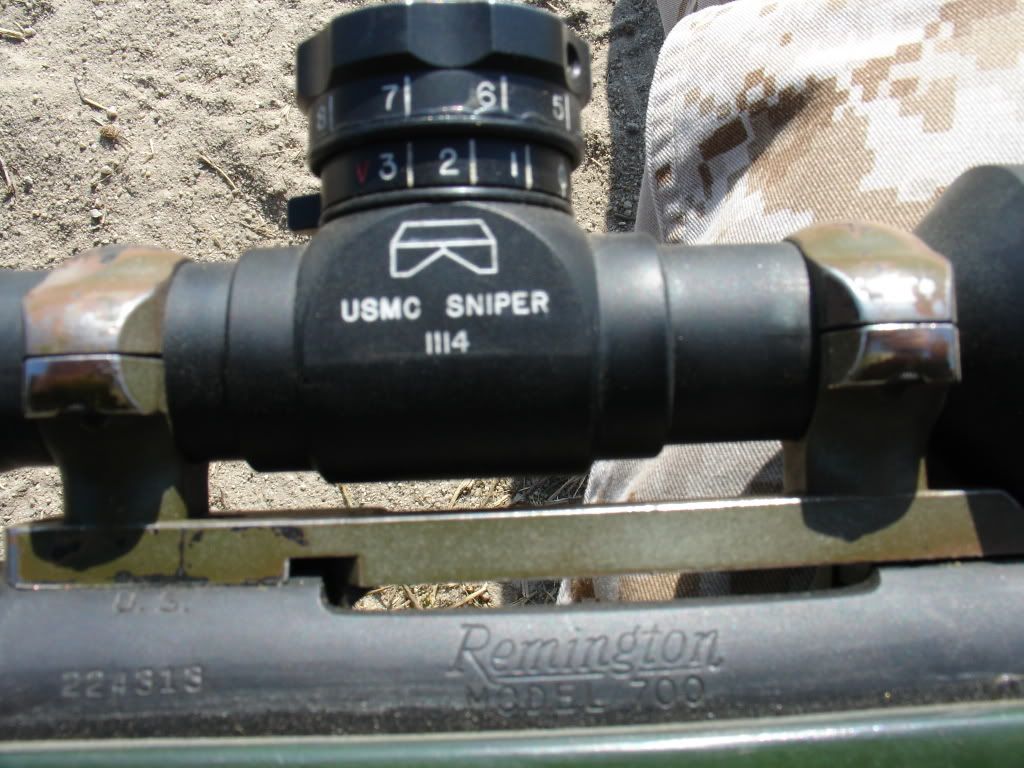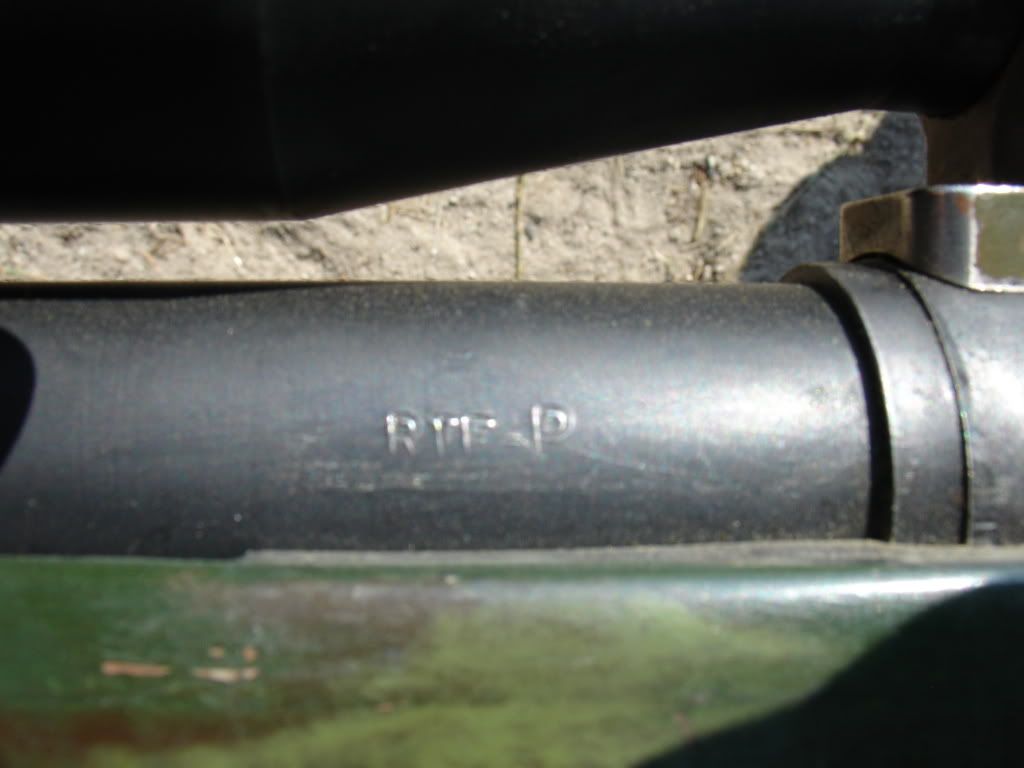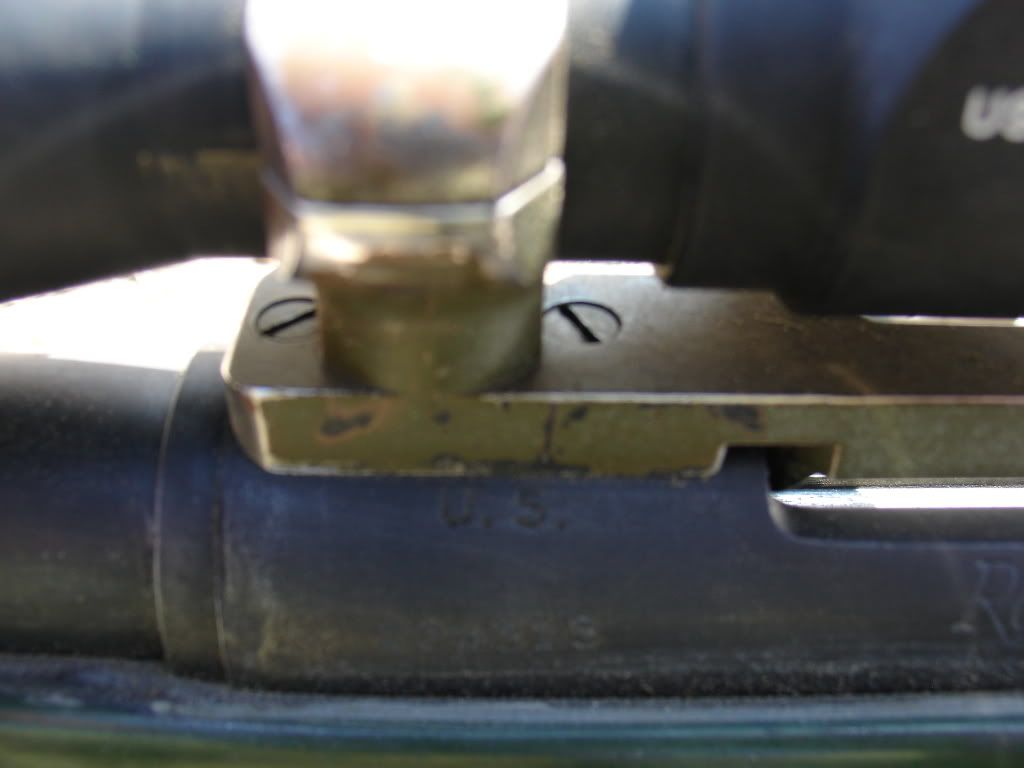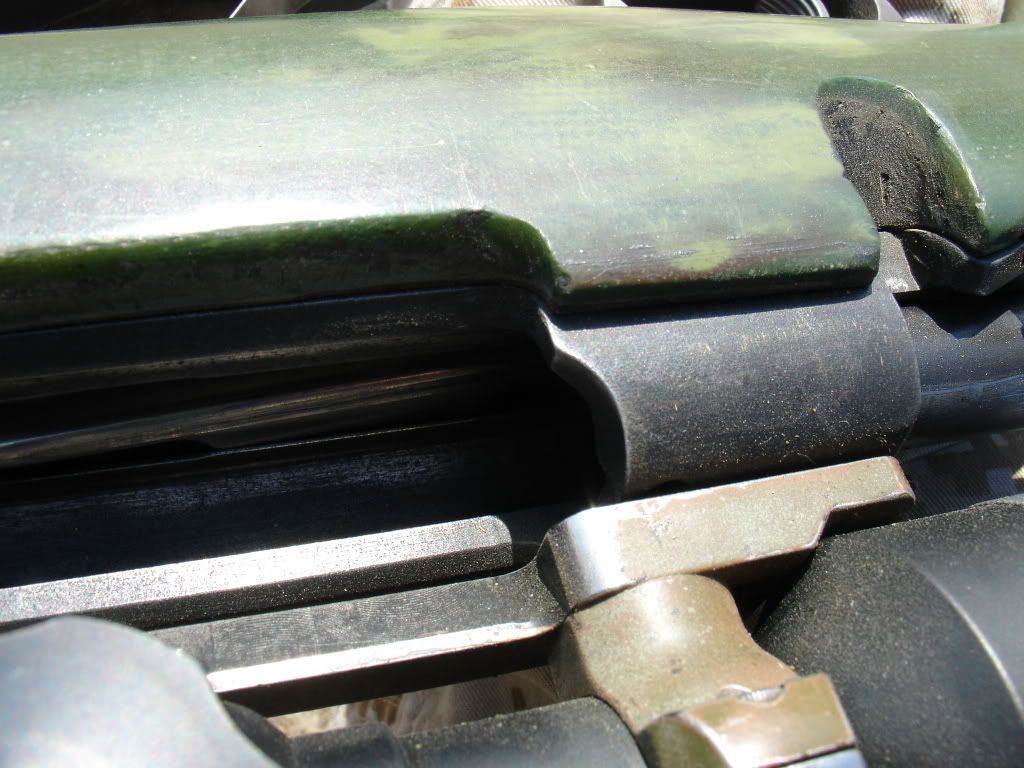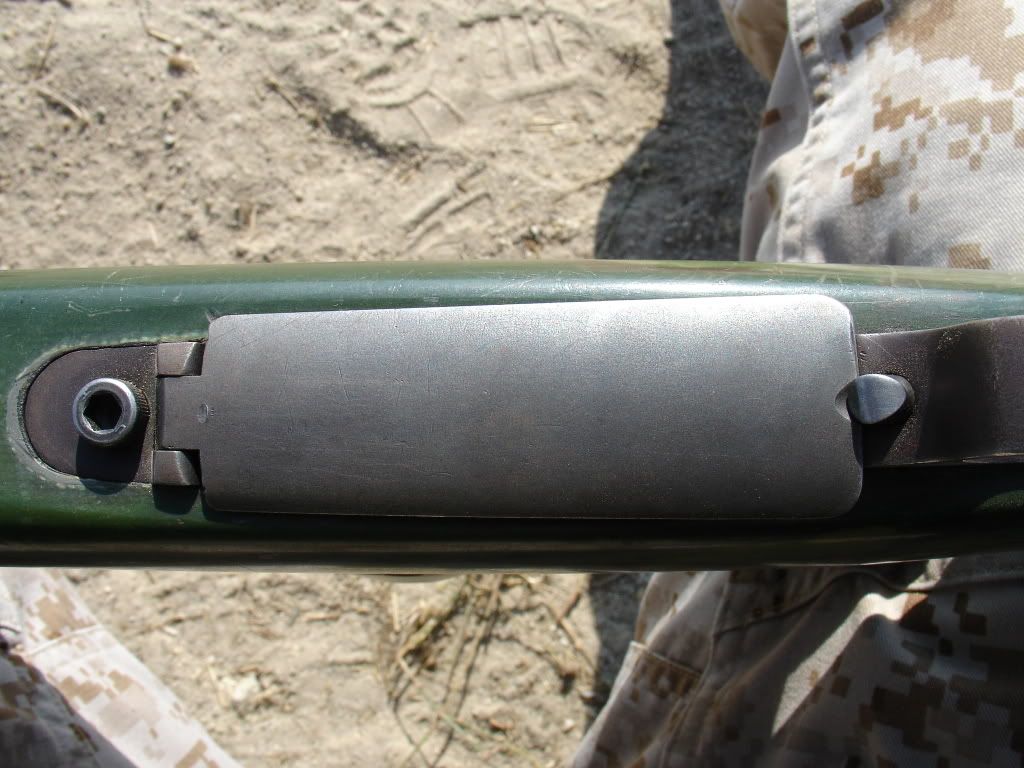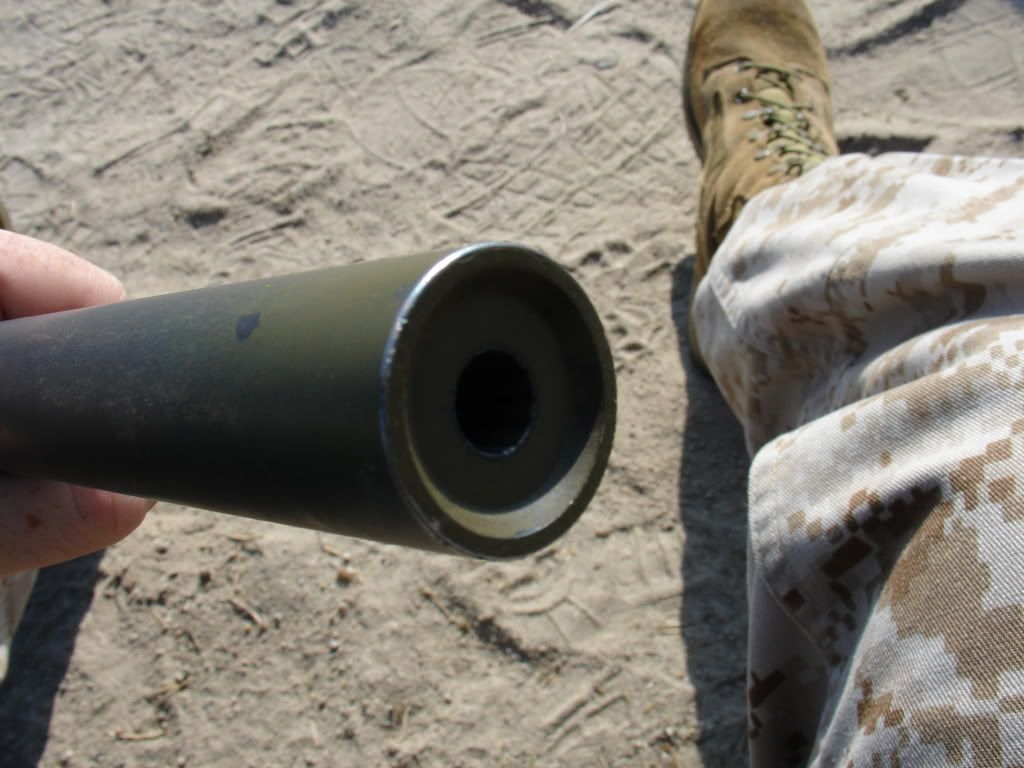Re: M40a1 build guide
In regards to the early M40a1's, the crown on the barrels can almost be a mish mash of slightly different angles, depths, etc., especially over time. There was really no absolute blueprint or "bible", if you will, but had a list of requirements & basic instructions for each build or re-build. The very minute details all depended on which armorer did the work and when, which could really change it's personality when these rifles came into the depot for rebarrelling or repairs. The knowledge was passed down from armorer to armorer which some may have had different machine shop backgrounds, knowledge, and skill. This can and did change the personality of each rifle to a certain degree. Much like the telephone game, techniques change slightly over time and through generations.
I've seen a lot of these bedding jobs and most weren't things of beauty compared to some of our resident gunsmiths here but they obviously worked. As with the McMillan stocks, each M40a1 was different in it's own way. This is also true about the serial number stampings. I've seen the last 4 digits on some of the bottom metal and bolts that are unlike most of the pics here. Some bolt numbers sit further down on the flat of the bolt or have the numbers run vertically up & down the bolt. The bottom metal number placement can be even more unique and all over the inside of the floorplate. Sometimes the stampings were X-ed out with an electric pencil or stamped during parts replacement. The stamps could be heavy on one edge & light on the other and the numbers weren't perfectly straight or spaced evenly as some may have noticed on their return stock's bottom metal. As long as they were legible and in the proscibed area it was good to go. Some of these earlier builds didn't have the taper on the recoil lugs either. Think of the Garand cut op-rods, or M1 Carbine flat bolts & sights. Not all rifles were completely updated with the later build techniques or parts. There were no textbook cookie-cutter M40a1's. These were tools that had to function reliably and accurately per the USMC's set minimum standards. They weren't built to be works of art or fly to the moon, they just had to work.
It wasn't until the M40a3 & M40a5 that the USMC wanted to create a set of standards on builds to include having an actual blueprint made up of the stock inlet which have special bedding pockets built in. An engineer had even come down to McMillan's shop to check & compare the A4 stock inlets to the blueprint. Times had changed, and now they are even looking at future chassis systems.
These M40a1 clone/replica builds remind me of classic car restorations. You can have a nice driver with updated drivetrain or one that has period accessories. Some are detailed enough to have a complete concourse restoration with the correct nuts, bolts, decals, and have the assembly line grease pencil markings replicated in the correct locations. This, of course, ends up costing large amounts of money and time. It is a labor of love though and most know that they will not experience huge profits, especially when they add the time it takes to gather all the right parts. But it is theirs and they want their car exactly as they envision it to be. However, all are great for the fact that they can still be enjoyed, some to be driven or even raced, while others sit in a climate controlled museum to be appreciated as an example of the period. To each, their own.

